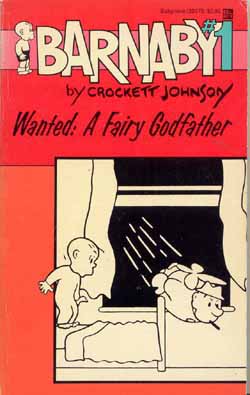 Â
 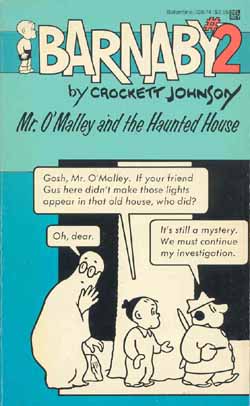
By Crockett Johnson (Del Rey/Ballantine)
ISBN: 0-345-32673-3, ISBN: 0-345-32674-1, ISBN: 0-345-32981-3,
ISBN: 0-345-32880-9, ISBN: 0-345-32881-7
The modern newspaper has few, if any, drama or adventure strips. If indeed, a paper has any cartoon strips – as opposed to single panel editorial cartoons – at all, chances are they will be of the variety typified by Charles Schulz’s Peanuts or Scott Adams’ Dilbert. You could describe these as single idea stories with a set-up, delivery and punch-line, all rendered in a sparse, pared-down-to-basics drawing style. Any continuity to the production comes from the characters themselves, and usually a building of gag-upon-gag in extended themes. The advantage to the newspaper is obvious. If you like a strip it will encourage you to buy the paper. If you miss an episode or two, you can return fresh at any time having, in real terms, missed nothing.
Such was not always the case, especially in America. Once the daily drama and adventure strip was considered a circulation builder and preserver. There were lush, lavish and magnificently rendered Fantasies and Romances rubbing shoulders with grim and gritty, moody masterpieces of crime, war and human passion.
And eventually there was Barnaby. On April 20th 1942 the liberal New York tabloid PM began running a new, and in many ways outlandish, little four panel strip by Crockett Johnson, a guy who wanted steady employment and didn’t actually like comic strips at all. As David Johnson Leisk, he’d spent years as a commercial artist, drawing department-store advertising and the all-too occasional cartoon panel to magazines such as Collier’s. Despite his reticence, within a year the strip had become the new darling of the intelligentsia, with a hard-back book collection, rave reviews in Time, Newsweek and Life and a fan-base that ranged from Rockwell Kent, William Rose Benet and Lois Untermeyer to Dorothy Parker and W. C. Fields. Not since George Herriman’s Krazy Kat had a piece of popular culture so infiltrated the halls of the mighty. During a global war with heroes and villains aplenty, where no comic page could top the daily headlines for thrills, drama and heartbreak, something as unique as Barnaby was an absolute panacea to the horrors without ever ignoring or escaping them.
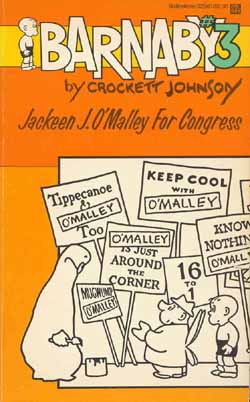
Barnaby himself is a smart, ingenuous and honest pre-schooler who is “adopted†by a short, fat, mildly unsavoury and wholly unsuitable gentleman with pink wings. J.J. O’Malley, fully paid-up, card carrying-member of the Elves, Gnomes, Leprechauns and Little Men’s Chowder and Marching Society is to be the boy’s Fairy Godfather, and a lazier, more self-aggrandizing, mooching old soak could not be found anywhere. His continued presence hopelessly complicates the sweet boy’s life, and that of his poor parents who fear that Barnaby is cursed with too much imagination.
This is not a strip about childhood fantasy. The theme here, beloved by both parents and children alike, is that grown-ups don’t listen to kids enough, and that they certainly don’t know everything. As Johnson expands his wonderful cast of Gremlins, Ogres, Ghosts, Policemen, Spies, Black Marketeers, Talking Dogs and Little Girls, only Barnaby’s parents are always too busy, and too certain that O’Malley and all his ilk are unwanted, juvenile fabrications. With such a simple but flexible formula he creates, however reluctantly, pure cartoon magic.
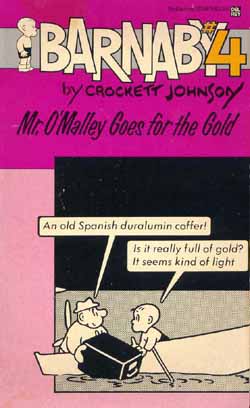
The surreal whimsy of the strip is instantly captivating, and the gentle charm of the writing is well-nigh irresistible, but the lasting legacy of this groundbreaking strip is the clean sparse line-work that reduces the images to almost technical drawings, unwavering line-weights and solid swathes of black that define space and depth by practically eliminating it. Almost every modern strip cartoon follows many of the principles laid down here by a man who purportedly disliked strips. The major difference between then and now should also be noted, however. Crockett Johnson clearly hated doing shoddy work, or short-changing his audience. On average each of his daily encounters, always self-contained, usually building on the previous episode without needing to re-reference it, contained about three or four times as much text as its contemporaries, and even more so its latter-day descendents. It’s a tribute to the man’s ability that the extra wordage was never unnecessary, and often uniquely readable.
It’s a tribute to his dedication that he managed this miracle by hand type-setting the strips himself in a highly distinctive lower case sans-serif typeface. No sticky-beaked educational vigilante can claim that Barnaby damages children’s reading abilities by confusing them with non-standard letter-forms (a charge thrown at comics as late as the turn of this century!).
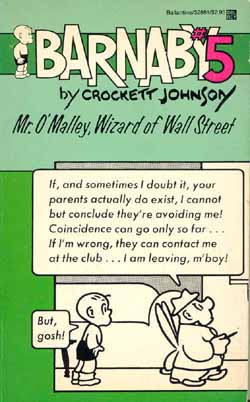
Since these books were issued in the mid 1980s there have occasional re-releases and follow-ups. But never has there been the consolidated effort to preserve this little wonder in the manner of Krazy Kat, Peanuts or our own Giles. But there should be. Barnaby is, in many ways, a lost masterpiece. It is influential, groundbreaking and a shining classic of the form. You are all poorer for not knowing it, and should move mountains to change that situation. I’m not kidding.
© 1985 Random House Inc. All Rights Reserved.
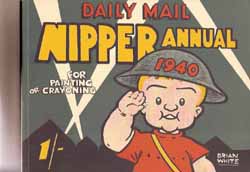 Â
 
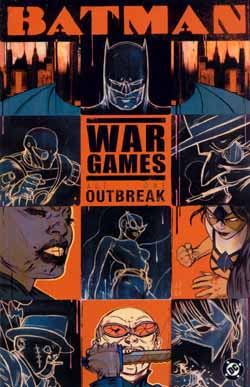 Â
 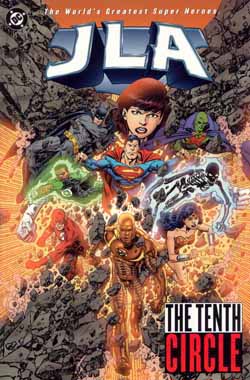 Â
 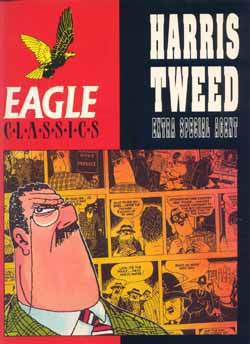 Â
 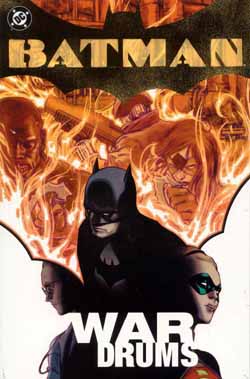 Â
  Â
 



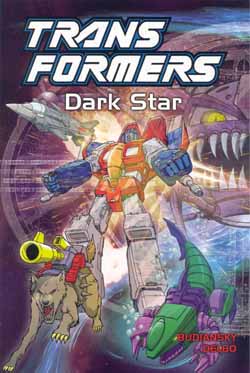 Â
 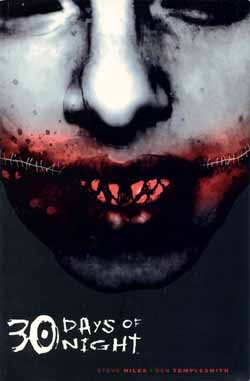 Â
 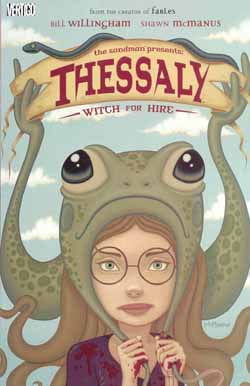 Â
  Â
Â